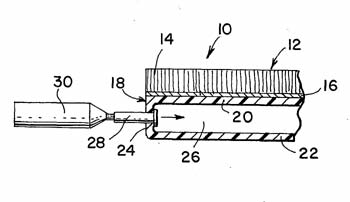Question from Jim S.:
My 5 year old daughter is always coming up with fabulous ideas for inventions. How old was the youngest person to receive a patent?
The youngest person to be granted a patent is Sydney Dittman, a four-year-old girl from Houston, Texas, for an aid for grasping round knobs. She was granted Patent 5,231,733 on August 3, 1993.
View the patent at the USPTO.
Do you have a question for The Invention Geek? Submit it here.

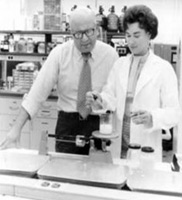
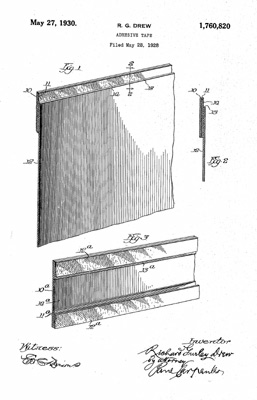 Can you imagine life without tape? How would we wrap presents, fix ripped papers and make duct tape dresses? Richard Drew invented the first masking tape in 1925.
Can you imagine life without tape? How would we wrap presents, fix ripped papers and make duct tape dresses? Richard Drew invented the first masking tape in 1925.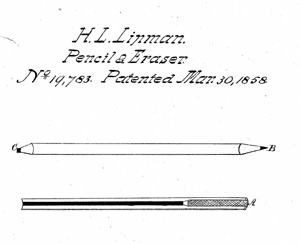 Patent disputes do not just occur over drugs or electronics. In fact, even the pencil, a simple product used by millions everyday, was at one time part of a court battle.
Patent disputes do not just occur over drugs or electronics. In fact, even the pencil, a simple product used by millions everyday, was at one time part of a court battle.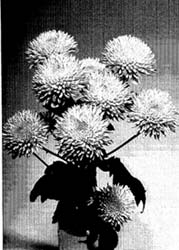 In 1930, the Plant Patent Act spurred by the work of Luther Burbank provided for the possibility of patent protection for asexually reproduced plants. In 1949, Plant Patent #1 was issued to Henry Bosenberg of New Brunswick, NJ, for a climbing rose. The United States Patent and Trademark Office grants a plant patent for any new or distinct variety of plant that is asexually reproduced except for a tuber propagated plant or a plant found in an uncultivated state. Asexual reproduction means that the plant must be able to reproduce by a method other than seeds such as budding, grafting or the rooting of the cuttings. The child plant therefore has the exact characteristics of the parent plant.
In 1930, the Plant Patent Act spurred by the work of Luther Burbank provided for the possibility of patent protection for asexually reproduced plants. In 1949, Plant Patent #1 was issued to Henry Bosenberg of New Brunswick, NJ, for a climbing rose. The United States Patent and Trademark Office grants a plant patent for any new or distinct variety of plant that is asexually reproduced except for a tuber propagated plant or a plant found in an uncultivated state. Asexual reproduction means that the plant must be able to reproduce by a method other than seeds such as budding, grafting or the rooting of the cuttings. The child plant therefore has the exact characteristics of the parent plant. 